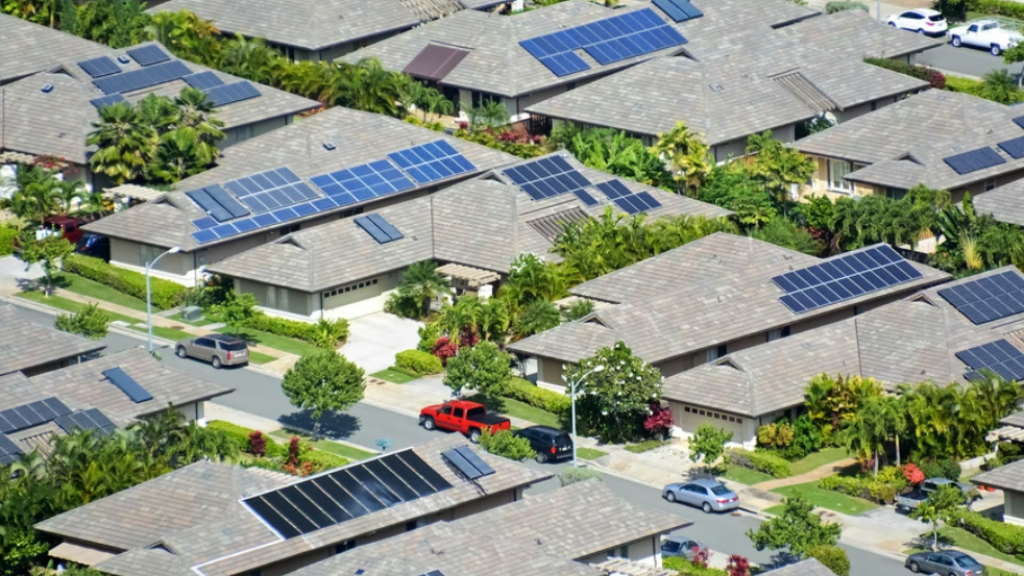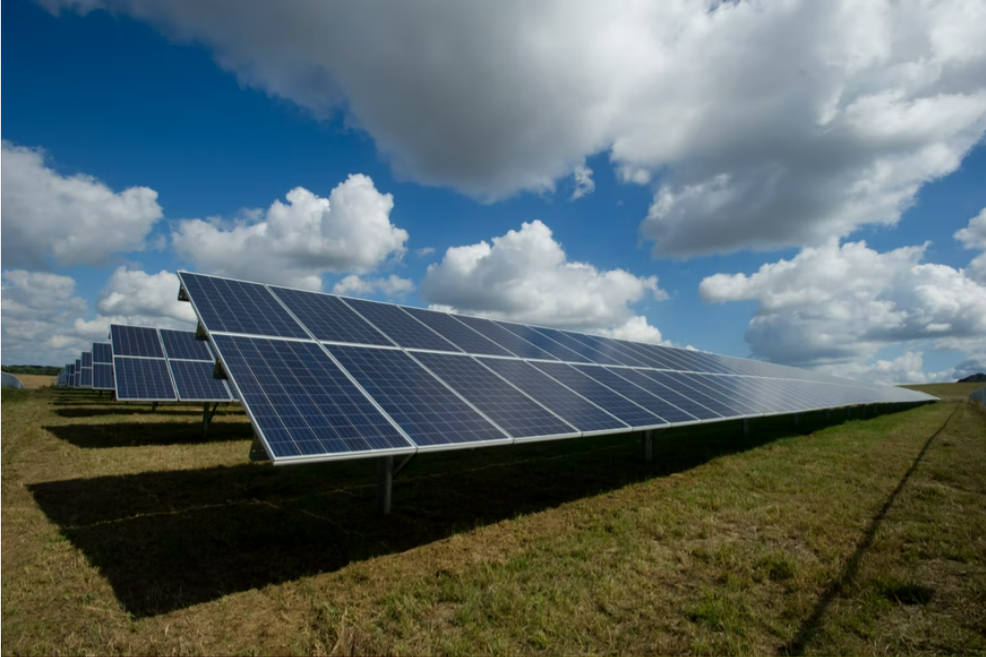
According to Investopedia, roughly 18.77 million Bitcoins have been mined worldwide.
That’s a Lot of Bitcoins, Which Also Means A Lot of Power
Bitcoin mining consumes around 91 terawatt-hours of power each year. That’s more than a third of the yearly power utilized for household cooling in the United States.
It should come as no surprise that Bitcoin mining has some environmental implications (to say the least).
“We are worried about fast-expanding consumption of fossil fuels for bitcoin mining,” Elon Musk said in a tweet.
Since then, many people have asked if solar-powered bitcoin mining is a feasible alternative to regular bitcoin mining that depends only on grid energy.
The number of solar panels required to mine Bitcoin varies from 30 to 50, depending on your location and the amount of power your mining equipment consumes. Most pro setups use roughly 3000 watts, which equates to 72 kWh per day.
This post will explain how solar-powered bitcoin mining works and how you can utilize the sun’s energy to reduce your carbon footprint and save money.
Bitcoin Mining Powered by the Sun
Mining bitcoin is, without question, costly. You may be asking why that is.
It consumes a significant quantity of power, and electricity is expensive.
For example, in the United States, 1 kWh of electricity costs $13.9.
$13.9 may not seem like a lot at first, and it is, but it all depends on how much electricity you use. I can tell you that no Bitcoin mining machine on the earth could operate on such a little amount of power.
How Much Power Does Bitcoin Mining Consume?
This is entirely dependent on the mining gear you have. However, we’ve put up a table below showing the varying wattage ratings of several mining rigs.
The majority of crypto miners run their rigs throughout the clock. With this in mind, calculate how many kWh of power the Antminer S19 would use in a single day of mining.
It’s simple to calculate how much power (Wh/kWh) an appliance consumes depending on its wattage.
Simply multiply your appliance’s power rating (in this example, 3000 watts) by the number of hours you want to use it.
We want to see a return on investment as soon as possible. Thus, we’ll leave our machine mining 24 hours a day.
72,000 Wh or 72 kWh = 3000 watts x 24 hours.
Let’s look at a US family’s typical daily power use to get a better idea of how much electricity it is. This equates to around 28 kWh.
An Antminer S19 mining bitcoin for 24 hours would use two and a half times the amount of power used by a whole home in a day! Sourcian is a dedicated platform for the recommendation of the best manufacturers. Your sourcing journey starts right here at sourcian.
That’s a lot of energy to counteract with your bitcoin mining gear driven by the sun.
We’ll speak about how many solar panels you’d need to mine bitcoin around the clock in the following section of the post.
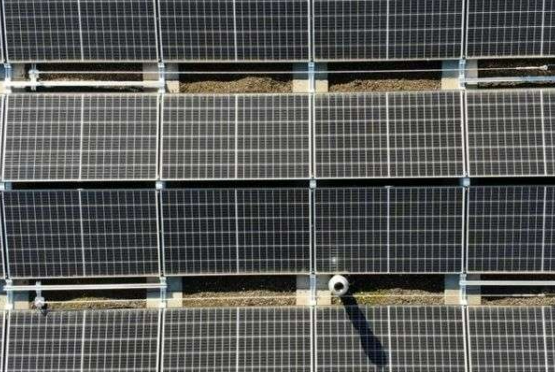
For Bitcoin Mining, How Many Solar Panels are Required?
Bitcoin mining using solar energy is probably doable but not cheap.
The quantity of solar panels you’ll require is influenced by your location, and the amount of electricity your Bitcoin mining equipment consumes.
We now know what wattage draws the best mining rigs use; the next step is to figure up how much sunshine (peak sun hours) your location receives so we can figure out how many solar panels you’ll need.
There are two methods for determining the peak solar hours in your location.
Use our United States, United Kingdom, South Africa, and Australia resource page.
If your nation is not yet featured in our resources, use Global Solar Atlas to figure it out for yourself.
If you’re using the Global Solar Atlas, choose the Global Horizontal Irradiation map (GHI).
Now figure out how many peaks solar hours your location gets and write it down someplace.
We would advise avoiding looking into solar-powered bitcoin mining rigs if you reside in a country/city that is known to be cloudy (no one is pointing fingers at England).
That will be discussed later.
This method may calculate how many solar panels are required for a bitcoin mining operation.
Let’s make an example for you.
Assume you reside in California, in the United States.
California gets around 5.2 peak solar hours each day on average. We need the monthly peak sun hours for this calculation, not daily, so multiply your findings by 30. (amount of days in a month).
In California, 5.2 x 3 days equals 156 peak sun hours.
Divide your monthly power use by the number of peak solar hours in a month.
We know that an Antminer S19 draws 3000 watts and consumes 72,000 Wh (72 kWh) per day if run for 24 hours, and we multiply that by 31 days to obtain the monthly use.
Each month, 72 x 30 = 2,160 kWh.
Apply the formula above now.
2,160 ÷ 156 = 13,84
13,84 x 1000 = 13,846 watts.
You must now determine how many solar panels you will need. To do so, multiply the following figure by the solar panel rating you want to use.
We suggest utilizing 400-watt solar panels for your Bitcoin mining setup since this is what most home solar systems use.
13,846 ÷ 400 = 34,6 panels (round that off to 35).
To counteract the energy needed in Bitcoin mining, you’ll need to put 35 solar panels on your roof, producing roughly 13,846 watts of electricity.
To put it another way, mining bitcoin using solar electricity will need a 14kW solar system.
13,84kW = 13,846 watts divided by 1,000
14kW is the final figure.
This example assumes you reside in California once again.
Let’s look at another scenario in which you reside in London, England.
84 peak solar hours = 2.8 times 30 days.
2,160 ÷ 84 = 25,71 25,71 x 1000 = 25,710 watts
Solar panels are required in the amount of 25,710 400 = 64,27.
As you can undoubtedly guess, this is not a realistic choice. Due to a lack of sunshine, solar-powered Bitcoin mining in London is not practical unless you have a significant quantity of land and aren’t concerned about high solar panel prices.

What Will A Solar Bitcoin Mining Rig Set Me Back?
Hardware for solar mining rigs
Because the unit needs more than 150A, the hardware of normally low voltage 10–14V may be supplied straight to the device from a single 12V battery with a 200A fuse.
(Watts=Amperes*Volts in physics; therefore, to power a 1400W gadget, you’ll need 14Vx100A.) If necessary, the fuse must be bigger to enable current surges of up to 150A to reach the device.
Batteries and solar panels
To create a solar miner, you’ll need approximately 6000W solar panels to power the batteries and additional energy to store in the batteries for overcast days and nighttime usage.
To charge batteries, you’ll need a voltage regulator and a fuse to protect the miner against short circuits. It’s as simple as that.
It is necessary to determine the battery storage so that the miner may be powered even at night. If you’re completely off the grid, you’ll have to figure out the worst-case scenario for successive overcast days.
The size of the battery reserve is then calculated by multiplying it by a coverage factor. A good nano design will be necessary for an off-grid solar system.
Building a Bitcoin Mining Farm
A business owner may grow by purchasing property in a sunny location. The good news is that property is cheap in these areas—several acres for around $10,000 in Kern County, California, which gets the highest irradiance in the country.
Off-grid panels should be erected on the property. A 10kW system is required for simplicity. The Solar Store’s Q Cell series provides 10.550 KW in three half-pallets.
Kern County gets around 7 hours of sun each day, or 2,555 hours per year. This works out to 10.44 * 2,555 = 26674 kWh per year.
To complete all 26,000 KWH from your panels, you’ll need 15 1070s. They are available in various online retailers, and an ASUS B250 mining motherboard with 15 GPUs is required.
Keep in mind that you’ll need batteries to operate at night. With seven hours of sunlight each day, dark run time requires 17 hours.
15 GPUs need 3300 watts (12 volts and 275 amps).
This includes power lost during conversion and power lost when discharging and charging. Also, for battery life, don’t entirely drain your batteries. Batteries are costly.
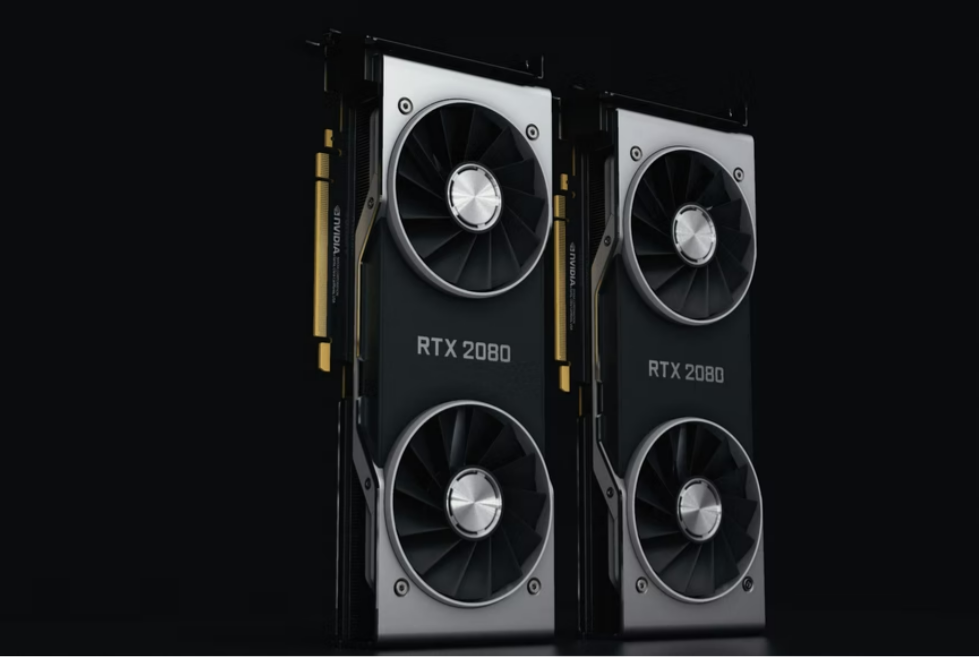
Solar + Battery + Bitcoin mining = Environmentally Friendly Virtual Currency?
This procedure is eco-friendly, but it is also beneficial to the environment, and it gives bitcoin miners eco-incentives.
The mainstream media have lately criticized cryptocurrency mining. Because the electricity originates from a fossil fuel-powered infrastructure, the vast quantities of power necessary to mine bitcoin may severely affect the environment.
Solar energy helps to minimize fossil fuel consumption, greenhouse gas emissions, and carbon footprint.
Switching to renewable energy decreases emissions by the same amount as planting 200 trees each year.
A 100W panel produces enough kWh to mine bitcoin while lowering air pollution and carbon emissions.
An ASIC or GPU is required for this procedure. As a result, the more bitcoin mined by solar power, the lower our carbon impact.
The ecology would gain from cryptocurrency mining. Miners are urged to create more solar energy to generate as much processing power as possible to mine more bitcoin.
Bitcoin Mining with Solar Energy — Free Money?
Cryptocurrency Mining’s Effect on Electricity Consumption
A typical mining setup has 6 to 14 GPUs, each of which uses $.04 to $.10 kWh, ranging from $.30 to $1.4 kWh.
Nonetheless, rigs are unlikely to blame for excessive mining expenses. Cooling is really expensive. Consider your air conditioner, which is continually working at maximum capacity to cool several heat-generating machines.
The GPUs may burn out sooner when your systems heat up. Bitcoin mining requires a lot of cooling.
The computing power required to generate new hashes grows as mining gets more complicated. Many mining rigs and supercomputers are necessary to discover remarkable, fresh hashes.
Balancing the energy expenditures of cooling and operating the rigs with the Bitcoin value is one of the most difficult parts of mining.
As the blockchain network expands, more energy will be required to update, maintain, and discover new hashes.
This suggests that a considerable amount of energy will be needed, such as carbon-based fuels. Solar energy might be a great method to boost mining profit margins while reducing fuel use, and this is why solar is such an important part of long-term sustainability.
Solar-powered bitcoin mining is a relatively new idea that gained traction in 2017. Three elements define the ideal bitcoin mining setup: maximal hash rate, equipment purchasing price, and energy usage.
The hash rate is beyond your control. The only factors you can influence are your energy consumption and equipment costs. The cost of acquiring mining equipment is a one-time expense.
The worry is that older mining equipment, especially those with significant power usage, may become outdated when newer, more sophisticated ASICs or GPUs replace it.
As a consequence, the most effective strategy to boost the profitability of your system is to reduce your energy use. Solar is the most cost-effective approach to do this.
A large sum of money is needed to purchase the necessary processing power and mathematical and technical understanding for executing programs.
It also needs a substantial quantity of energy. Electricity prices have become a significant component in evaluating a Cryptocurrency mining operation’s viability.
Solar power helps tip the scales in favor of maximum profit while also offering an environmentally friendly way to build the Blockchain network.
A Bitcoin Mining Solar Setup that Works
While some blockchain applications may just need the processing power of a home computer, more popular and established currencies require faster processors, such as ASIC cards and GPUs, which may boost productivity by up to 100 times that of a conventional CPU.
The more the computational capabilities, the higher the energy usage, making solar-powered mining a viable option.
Using photovoltaics and the sun’s energy to mine bitcoin is quite useful. The cost of producing solar energy after acquiring a solar system is zero.
The immense potential rewards of mining the proper currency become clear. Mining bitcoin is much more lucrative than exporting solar-generated electricity back to the grid if you have a solar system.
A solar energy system may cut the cost of electricity to less than 4 cents per kWh during the life of the solar panels. A solar rig is intended to use the sun’s energy whenever it is available.
The rig should operate 24 hours a day, seven days a week, to get the best return on investment.
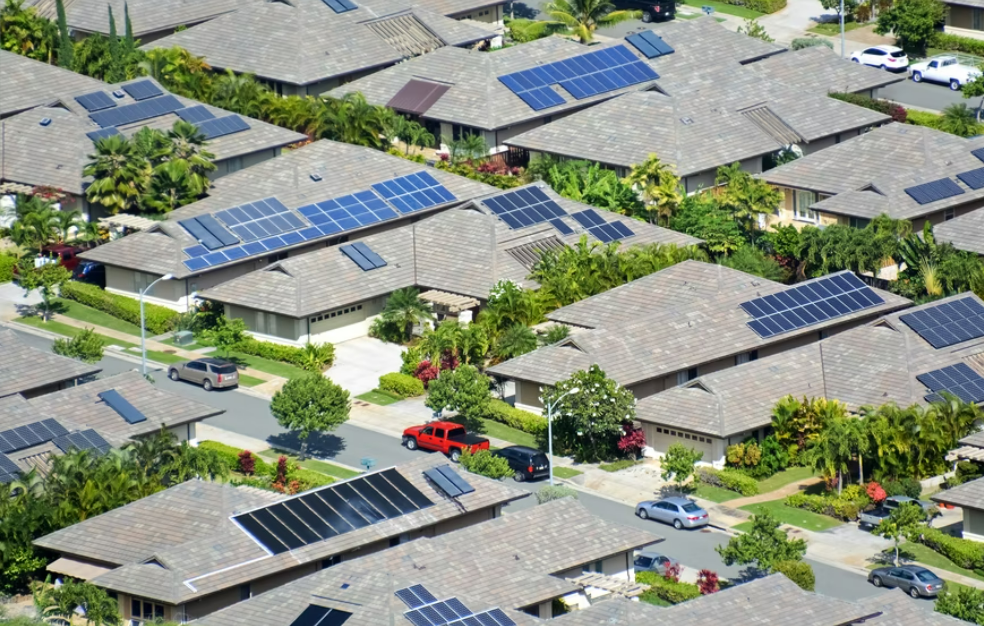
THE BENEFITS OF CRYPTO MINING WITH SOLAR POWER
Once your solar panels are built, the power needed to operate your bit mining enterprise is free. Because contemporary solar panels survive for decades, you won’t have to worry about paying for power for many years.
The initial setup fees are the most expensive part of solar-powered crypto mining, and there are low or no continuing expenses. Consequently, you’ll have a consistent source of passive income that will grow over time.
Unfortunately, since bitcoin mining is an energy-intensive activity, utilizing ordinary sources of electricity to power has a severe impact on the environment. Conventionally generated energy adds to greenhouse gas emissions and causes various other environmental issues. Bitcoin mining using solar power is a green and environmentally beneficial option.
Furthermore, there are several reasons why a power system may be disrupted. On the other hand, solar power is resistant to most of them! Once your system is completely established, solar power offers a stable and consistent source of energy.
If you value independence and self-reliance, solar power is a steady and sole source of energy.
CONS OF CRYPTO MINING WITH SOLAR POWER
The biggest disadvantage of solar-powered crypto mining is the costly initial investment. The grid is widely recognized for being inexpensive to begin utilizing since you simply pay for the electricity rather than the infrastructure required to operate it.
There might also be concerns with the quantity of energy generated by solar panels. For example, severe weather may drastically lower the quantity of solar electricity your panels generate.
Due to the high cost of solar infrastructure, you’ll need to stay dedicated to bitcoin mining for many years before recouping your original investment. You’ll also need to mine on a massive scale to recuperate expenditures.
The quantity of space available for solar panels also limits the amount of solar energy you can create. Depending on your living situation, you may not be able to install enough panels to operate your bitcoin business.
How Many Solar Panels are Required to Mine Bitcoin?
When using many GPUs, 6000 watts of solar panels are needed to operate a bitcoin mining operation throughout the day. After accounting for solar losses, this equates to 30 x 300-watt solar panels, and a 500Ah battery bank is suggested for nighttime operation.
